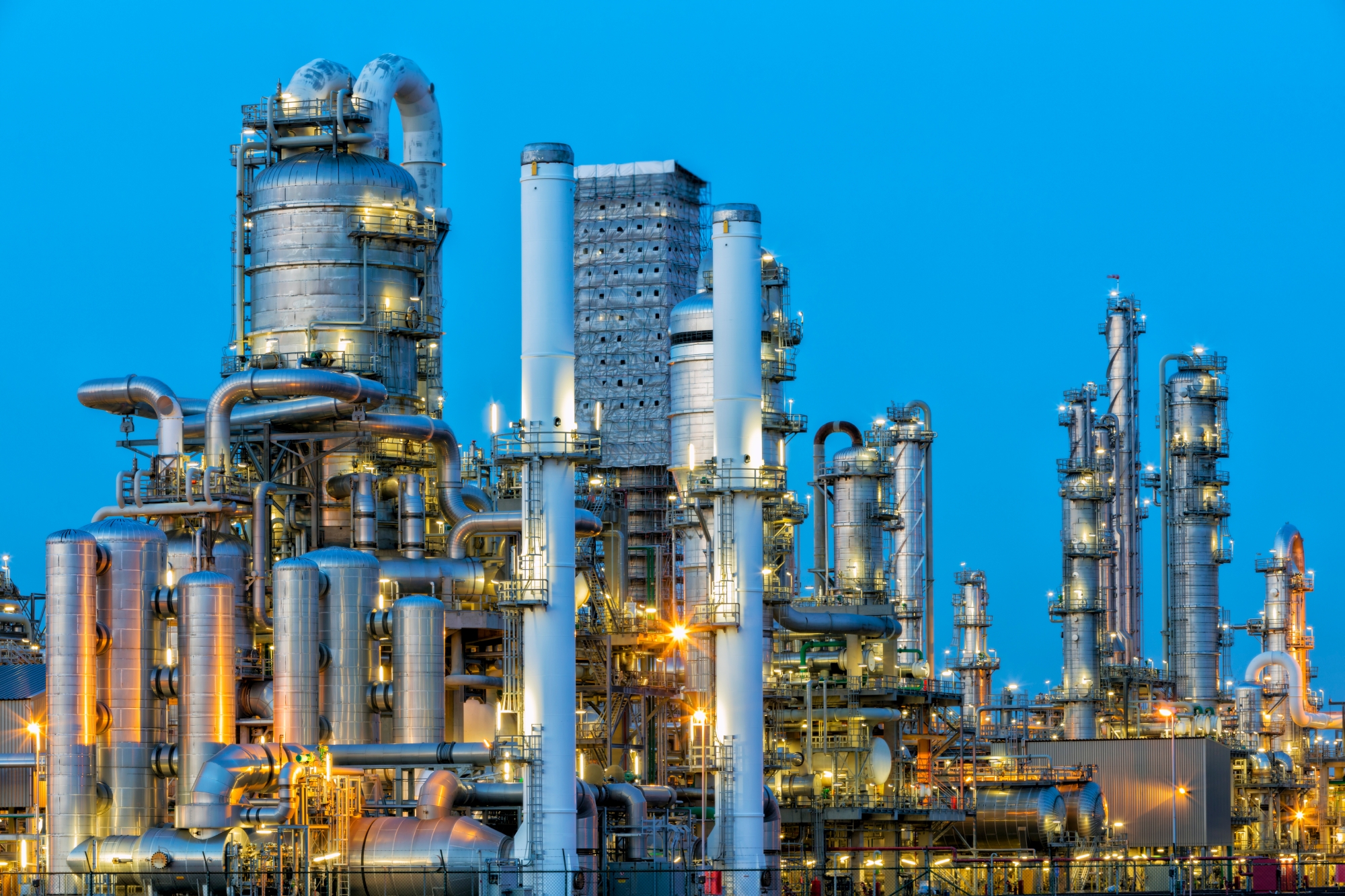Plastic consumption: 12 million tons. In Germany. Per year.
Plastics such as polyethylene (PE), polypropylene (PP) and polystyrene (PS) are among the world's most important materials. Many everyday products and modern technologies would be unthinkable without their use. In Germany alone, around 12 million tons of plastics are therefore consumed every year. They are almost always produced from fossil raw materials, and the direct CO2 emissions from plastics production in Germany amount to around 33 million tons per year.* At the same time, around 6.3 million tons of waste containing plastics are produced in Germany every year, a good half of which is currently still incinerated, resulting in further environmental pollution.
*from an estimate based on internal data
Waste4Future: Keeping more plastic in the cycle
The carbon contained in plastic is an important resource for the chemical industry. Currently, only around a quarter of the carbon and carbon compounds are kept in the cycle. The “Waste4Future” project partners have jointly developed innovative solutions to better identify and recycle carbon-containing components in waste and use them to produce high-quality raw materials for industry. As a result, more plastic remains in the cycle, CO2 emissions are avoided and the consumption of fossil resources is reduced.
Opportunities for numerous sectors
In addition to the chemical industry and plastics processing, companies from the waste management, recycling plant construction and recycling plant operation sectors can also benefit from the solutions developed in the “Waste4Future” lead project. The German regions undergoing structural change in particular can develop attractive future prospects for the population and support the development of completely new business models by focusing on a circular carbon economy. In order to create optimal conditions for this, the project partners have already set their sights on scaling up to an industrial scale. The participating institutes used their first-class technical equipment to work up to demonstrator and pilot scale in many areas. Economic evaluation and regulatory framework conditions, such as the development of prices for CO2 certificates, have also already been taken into account when identifying suitable recycling paths.

 Fraunhofer-Gesellschaft
Fraunhofer-Gesellschaft